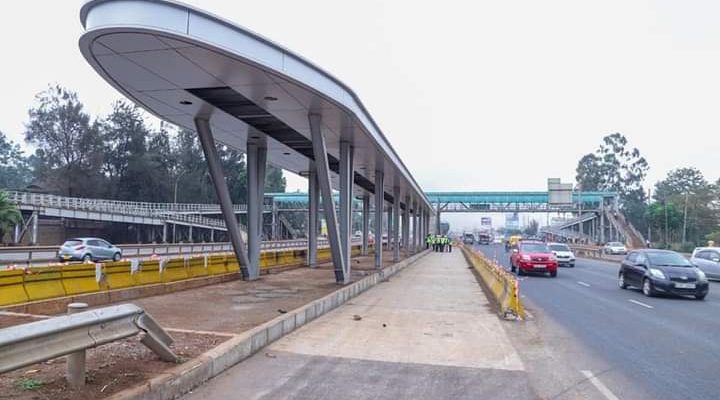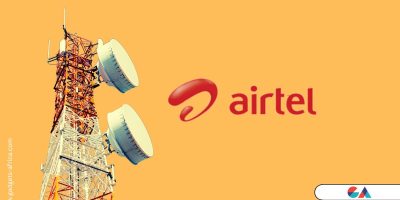If you tour the Nairobi Metropolitan region, you should notice them: new dedicated bus stops and flyovers, marked lanes, and colored pavements. This is the Bus Rapid Transit (BRT), an ambitious project by the Kenyan Government and the Nairobi Metropolitan Area Transport Authority. A large part of the project is complete and they will launch sections of the network soon.
Here is all you need to know about this new bus-based public transport system.
Kenya’s Bus Rapid Transit (BRT) System
Features
Travel route information, footbridges, sidewalks, pedestrian crossing, facilities for persons living with disabilities among other useful bits will be available. Dedicated lanes for the buses are to provide a right of way, reducing travel time to and from the city.
For efficiency, commuters will use digital prepaid technologies to pay their fare. In the pilot phase, a flat rate fee of KES 150 will be charged. Methods of topping up include normal MPESA pay bills or through a designated vendor.
Passengers will be given a special toll payment card loaded with points. This is what they can tap at a terminal before they take a ride. I have to say, cashless payment is the now and future. It is great to see the government adopt and enforce it with this project.
Additionally, Park and Ride services will be available at the designated stops. This means motorists can park at the stations and board the City Rail System buses. Very convenient especially considering how tedious it is to access and park safely in the CBD.
The bus rapid transport (BRT) system is built to ease traffic flow in the capital Nairobi and its satellite towns. At the Nairobi central station, A BRT transfer station will be available. They plan to integrate the BRT with another commuter rail running from Nairobi to other places like Murang’a, Ngong, Kiambu, and Konza.
Bus capacity is to be between 90-100 passengers, with some sitting and others standing. The network of buses will be vehicles operating on green energy- electric, hybrid, and biodiesel. This places the country in a good position to combat environmental effects of fossil fuel-powered and secure funding through green bonds.
It is possible as well that locally developed electric buses will be among the first to operate on the BRT. This is an exciting move to encourage and boost local manufacturing and assembly.
Corridors
These are the corridors of BRT that the transport authority has gazetted:
- Line 1: Limuru-Kangemi-CBD-Imara Daima-Athi River and Kitengela.
- Line 2: Rongai-Bomas-Langata Road-CBD-Ruiru-Thika and Kenol.
- Line 3: Tala-Njiru-Dandora (Juja Road)-CBD-Show Ground (Ngong Road) and Ngong.
- Line 4 East: Mama Lucy Hospital-Donholm (Jogoo Road)-CBD.
- Line 4 West: CBD- T Mall-Bomas-Karen and Kikuyu.
- Line 5: Ridgeways (Kiambu Road)-Balozi (Allsops) and Imara Daima.
Pilot Phase
State Department of Housing and Urban Development revealed this month that BRT line 2 is 70% complete, and set to start operation on July 2022. This line will comprise 13 intermediate stations with 24 platforms. They also projected it to carry 660 high-capacity 12-meter electric buses.






Comments